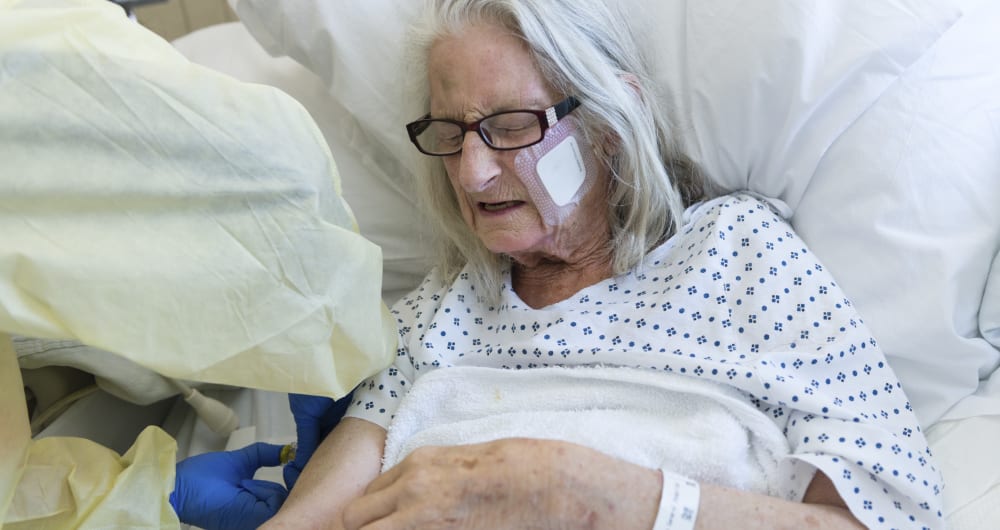
Staph infections are caused by bacteria commonly found on the skin or in the nose.
The staphylococcus aureus (staph) bacteria is a relatively common type of bacteria that usually doesn’t cause any harm. However, a staph infection can occur when the staph bacteria enters the body and begins to multiply.
Staph infections are especially dangerous when it enters a person’s blood.
It’s commonly believed that people are more likely to develop staph infections after being hospital, because of to their contact with healthcare workers and proximity to other sick people.
However, a new research suggests that more drug-resistant staph infections are now coming from the community.
Hospital and clinics are now better protected against staph infections because of adequate infection control measures and more sparing use of antibiotics.
But as Hunter New England health district infectious diseases physician Dr John Ferguson explains, the growing number of staph infections outside of hospitals are “of quite some public health importance”.
Recently there is a specific strain, Methicillin-resistant Staphylococcus aureus (MRSA), also known as the golden staph, that has developed a resistance to antibiotics – making it harder to treat and manage.
“We’d been concerned for a long time about golden staph or MRSA in Hunter New England, and the research was around working out how much was out there in the community,” Dr Ferguson said.
“We surprisingly found that the majority of infections were in people that had no connection with health care at all, so this was an infection that had become endemic in the community”.
To better understand the physiology of staph infections, researchers from the Australian National University (ANU) analysed tens of thousands of pathology specimens from between 2008 and 2014.
What was found was that nearly 60 per cent of the samples that contained drug-resistant staph bacteria were from patients who had not recently spent time in hospital.
The amount of drug resistant infections was found to be alarmingly high in people aged under 40, Indigenous Australians, and residents of aged care facilities.
Dr Ferguson believes that staph infections are speaking faster in the community because of higher use of antibiotics – which leads the bacteria to develop resistance.
“And then [it spreads] from person-to-person, within households, within institutions, sporting teams, etc,” he said.
Most of the prescriptions for antibiotics are from GPs, and it’s been suggested that it’s important to ensure they have the information on appropriate prescription because aged care homes aren’t in a position to override prescriptions from GPs.
Dr Ferguson says that surveillance is another area which needs to be looked at, as there are no requirement for public health authorities to be notified if a patient’s pathology sample tests positive for drug resistant staph.
“We don’t have a good system of surveillance for things like MRSA,” Dr Ferguson said.
“If we look to other public health notifiable diseases, they are notified by all laboratories, private and public.”
Dr Ferguson says that a “comprehensive surveillance system” would allow groups that are affected by MRSA to be identified in real time so targeted strategies could be applied – and before it has a chance to spread.
If you suspect that you have a staph skin infection, it’s important to see your doctor as soon as possible.
Severe staph skin infections, like staphylococcal scalded skin syndrome, may need to be treated in hospital.
What do you have to say? Comment, share and like below.